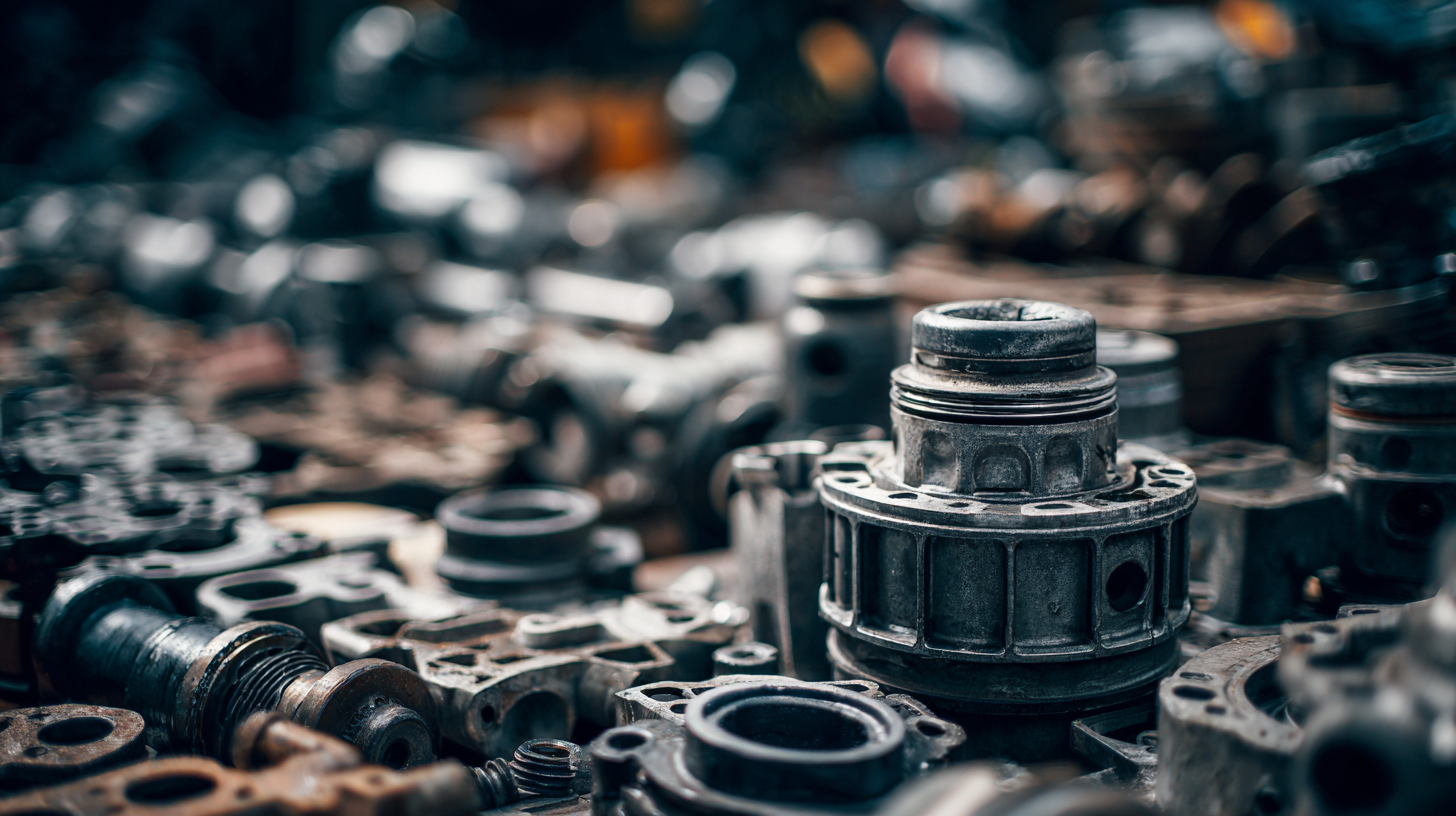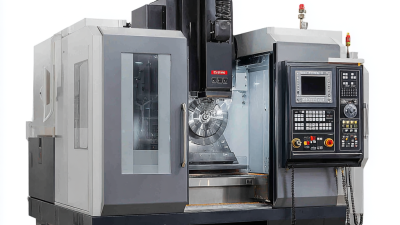Choosing the right European Automotive Parts for your vehicle is crucial for ensuring optimal performance and longevity. According to the European Commission's "EU Automotive Parts Market Report," the automotive industry in Europe generated approximately €427 billion in sales in 2021, highlighting the significant role of quality parts in this sector.

With over 50% of vehicles on the road being over ten years old, the demand for reliable replacement parts has reached unprecedented levels. As consumers become increasingly discerning, navigating the vast array of European Automotive Parts can be daunting. Understanding the importance of compatibility, reliability, and certification standards can empower vehicle owners to make informed choices that enhance their vehicles' efficiency and safety.
By carefully selecting the right parts, you not only invest in your vehicle's performance but also support sustainability initiatives within the European automotive market.
When selecting European automotive parts for your vehicle, understanding your vehicle's specific requirements is crucial. Each vehicle model has unique specifications, which are outlined in the manufacturer's service manual. According to a recent industry report by the Automotive Parts Manufacturers Association (APMA), over 60% of vehicle owners neglect to refer to their vehicle's manual when sourcing parts, leading to compatibility issues and diminished performance. This oversight can result in increased repair costs and potential safety hazards.
Furthermore, investing in the correct parts enhances your vehicle’s longevity and efficiency. Using OEM (Original Equipment Manufacturer) parts, which adhere strictly to the manufacturer's standards, can significantly reduce the risk of malfunctions. A study by the Car Care Council indicates that improper part selection is a leading cause of nearly 30% of premature vehicle failures. By prioritizing a thorough understanding of your vehicle's requirements, you ensure that every component works in harmony, optimizing performance and protecting your investment in the long run.

When selecting quality European automotive parts, it is vital to understand the key indicators of excellence. The automotive landscape is evolving rapidly, with manufacturers increasingly focusing on high-performance components that meet stringent quality standards. In a recent report, it was noted that auto chipmakers are striving to achieve a defective parts-per-billion (ppb) target, reflecting a commitment to precision in production. This rigorous quality control extends to European parts, where superior craftsmanship and engineering are essential benchmarks.
Furthermore, as the market for automotive parts becomes more competitive, ensuring the provenance of components is crucial. Many vehicles labeled as "German" or Italian actually originate from different countries, which may impact the quality and reliability of parts sourced from these regions. A comprehensive understanding of a part’s origin and its manufacturing process is vital for consumers looking to make informed purchasing decisions.
Consumers should seek out parts from reputable suppliers recognized for their engineering standards and commitment to sustainability, especially given the recent disruptions in the supply chain due to factors like rare-earth materials shortages. By prioritizing these factors, buyers can ensure they are investing in authentic, high-quality European automotive parts for their vehicles.
When it comes to maintaining a European vehicle, car owners face a crucial decision between Original Equipment Manufacturer (OEM) parts and aftermarket alternatives. According to a 2022 report by the Automotive Aftermarket Suppliers Association (AASA), the aftermarket parts industry is projected to reach $560 billion by 2025, highlighting the growing trend among consumers seeking cost-effective solutions. OEM parts, typically manufactured by the vehicle's maker, offer assurance of quality and compatibility. However, they often come with a higher price tag—reportedly around 20-50% more expensive than their aftermarket counterparts.
On the other hand, aftermarket parts provide a viable option for vehicle maintenance and repairs, with many products matching or exceeding the quality of OEM pieces. A study released by the Automotive News in 2021 revealed that 70% of repair shops now prefer sourcing aftermarket components due to their competitive pricing and a wider range of options. This shift suggests that savvy consumers can strike a balance between performance and affordability, empowering them to make informed choices about parts that suit their specific needs while ensuring their vehicle's longevity.

When it comes to sourcing reliable suppliers of European automotive parts, several factors must be considered to ensure quality and compliance. According to the Automotive Research Association, approximately 70% of automotive failures can be attributed to subpar parts, making it crucial for vehicle owners and repair shops to partner with reputable suppliers. Start by verifying the supplier’s certifications, such as ISO/TS 16949, which indicates adherence to stringent quality management systems tailored to automotive manufacturing.
Another significant consideration is the supplier's track record and market reputation. As reported by the European Automobile Manufacturers Association, around 80% of successful automotive businesses report leveraging long-term relationships with their suppliers. Look for suppliers who have been in the industry for several years and gather customer testimonials or case studies that highlight their reliability and product quality. Additionally, consider suppliers who offer traceability for their parts, as this can be a strong indicator of their commitment to quality and compliance with both European and international standards.
When selecting European automotive parts for your vehicle, it is essential to prioritize compatibility and ease of installation. First, ensure that the parts are designed for your specific make and model. Checking the compatibility can prevent potential issues down the line, such as mismatched components or performance problems. Consult your vehicle's manual and reliable parts suppliers to confirm that the parts meet the manufacturer's specifications.
Installation considerations also play a crucial role in your selection process. Some parts may require specialized tools or knowledge for proper installation, which could lead to increased labor costs if you opt for professional services. If you are considering a DIY approach, assess your skill level and the complexity of the installation. Detailed instructions and installation guides from the manufacturer can greatly assist in achieving a successful fit. By examining both compatibility and installation factors, you can make informed decisions that enhance the performance and longevity of your vehicle.
| Part Type | Compatible Vehicles | Installation Difficulty | Estimated Cost (USD) |
|---|---|---|---|
| Brake Pads | Audi A4, BMW 3 Series | Moderate | 150 |
| Oil Filter | Volkswagen Golf, Mercedes C-Class | Easy | 30 |
| Radiator | Peugeot 308, Renault Megane | Hard | 400 |
| Timing Belt | Volvo S60, Fiat 500 | Very Hard | 500 |
| Spark Plugs | BMW X5, Audi Q5 | Moderate | 60 |






